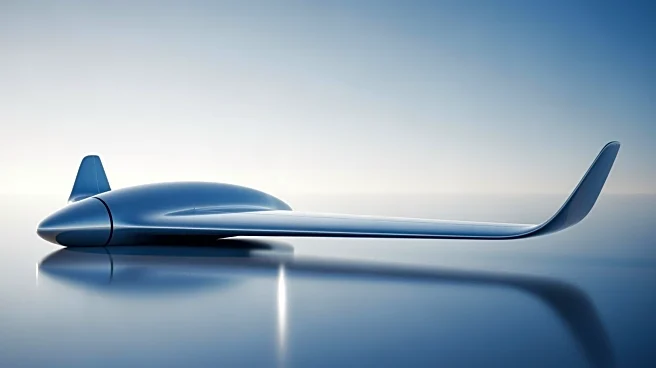What's Happening?
Viasat is developing a new electronically steered antenna for business jets as part of its multi-orbit strategy to provide inflight connectivity across multiple satellite constellations. The antenna system
will access the future Telesat Lightspeed low-Earth-orbit (LEO) Ka-band constellation, integrating with Viasat's current and future Ka-band satellites. This development aims to combine the reliability of geostationary orbit (GEO) networks with the reduced latency of LEO systems, enhancing the inflight connectivity experience for business aviation.
Why It's Important?
The development of a new electronically steered antenna by Viasat is significant for the business aviation sector, as it promises improved connectivity solutions with reduced latency and jitter. This advancement is expected to benefit operators by providing more consistent and high-speed internet access during flights, which is increasingly important for business travelers. Viasat's innovation also positions the company as a competitive player in the satellite communication market, potentially attracting more customers seeking advanced connectivity solutions.
What's Next?
As Viasat continues to develop its antenna system, other companies in the satellite communication industry may explore similar technologies to enhance their services. The integration of LEO satellite capacity could lead to new opportunities for innovation in inflight services and applications. Stakeholders will likely monitor the performance and impact of the new antenna, influencing future purchasing decisions and connectivity strategies.
Beyond the Headlines
The development of advanced inflight connectivity solutions reflects a broader trend towards leveraging satellite technology to improve passenger experiences. This development may raise questions about data security and privacy, as more data is transmitted through these networks. Additionally, the emphasis on connectivity may lead to new business models centered around inflight services.











